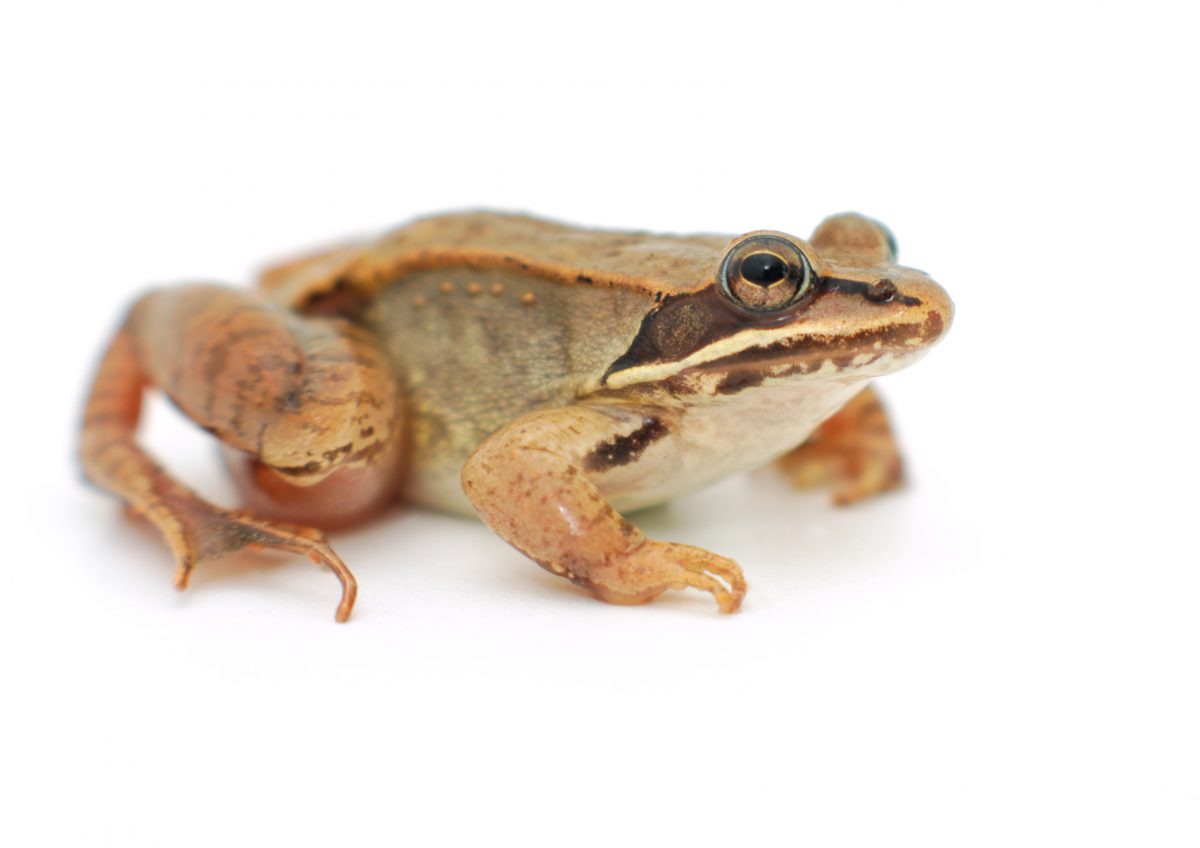Members of central Virginia’s FrogWatch are putting their ears to the ground and leaping into action.
The FrogWatch program—started by the Akron Zoo—monitors trends in frog and toad populations by training volunteers on the calls of local species. The central Virginia chapter of FrogWatch is run collaboratively by the Thomas Jefferson Soil and Water Conservation District and the Rivanna Conservation Alliance, and is starting strong with its first training session at full capacity.
“The Central Virginia FrogWatch chapter has been in the planning stages for nearly a year now,” says TJSWCD Environmental Programs Coordinator Courtney Harlow-Humphreys. “We are thrilled with the local interest in frogs and toads and expect our chapter to grow in the next few years as we are able to offer more trainings.”
While there are more than 6,000 species of frogs and toads worldwide, area amphibian auditors will focus on learning the calls of 15 locally prevalent species, including the Wood Frog, Fowler’s Toad, and Pickerel Frog. By monitoring the tiny creatures from February to August each year, researchers learn more about local environmental and ecological health.
Frogs and toads are key indicators of environmental trends and dangers, due to their highly permeable skin and amphibious nature. Their famously slimy skin easily absorbs bacteria, chemicals, and other contaminants, making frogs and toads some of the first to be impacted by changes to the environment.
“If frogs and toads are absent, it could tell us that there may be problems with the water quality in that area,” says Harlow-Humphreys. “Frogs and toads serve two basic important functions in the ecosystem—controlling insect populations and sustaining predators. They are a vital piece of the food web and are necessary to keep it in check.”
Though Central Virginia FrogWatch just started collecting data, Harlow-Humphreys is enthusiastic about both the group’s future and research contributions. “We are excited to start monitoring sites throughout Charlottesville and the surrounding area so that we can get an idea of what our current local populations look like, as well as how they might change over time,” she says.
The environmentalist says she has already heard a number of species singing this season, including Eastern Cricket Frogs, Upland Chorus Frogs, and Spring Peepers. Harlow-Humphreys says volunteers will monitor the Eastern Spadefoot, a reclusive species in need of moderate conservation, according to the Virginia Wildlife Action Plan.
Beyond local implications, the data collected by FrogWatch volunteers helps researchers monitor national amphibian and environmental trends. Over 15,761 people have contributed to the national project, with more than 182,089 frog and toad observations to date. The volunteer nature of the project enables researchers to collect data on a much larger scale than otherwise possible.
Froggy friends interested in volunteering can sign up for the next Central Virginia FrogWatch training session on March 1 from 5:30 to 8:30pm.
